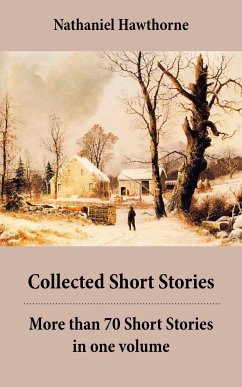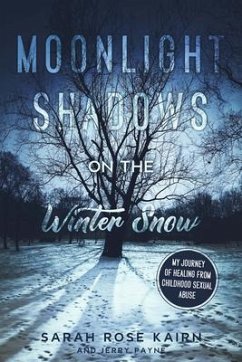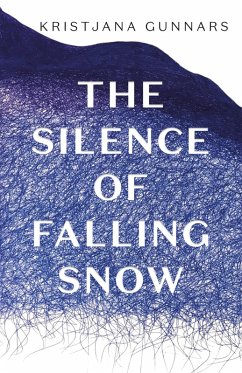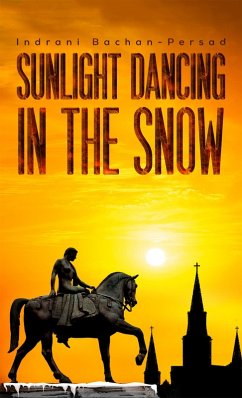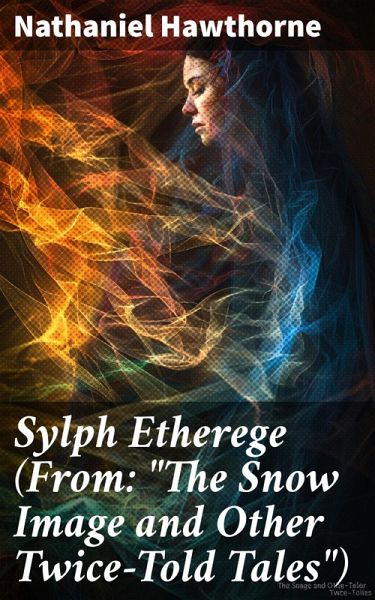
Sylph Etherege (From: "The Snow Image and Other Twice-Told Tales") (eBook, ePUB)
Enriched edition. Exploring guilt, redemption, and hidden secrets in a puritanical society: A haunting tale of human nature
Kommentar: Fletcher, Spencer / Redaktion: Good Press

PAYBACK Punkte
0 °P sammeln!
In "Sylph Etherege," a captivating tale from Nathaniel Hawthorne's collection "The Snow Image and Other Twice-Told Tales," the author delves into the realms of desire, imagination, and the ethereal nature of beauty. The narrative unfolds with Hawthorne's characteristic blend of romance and moral inquiry, employing elegant prose that weaves together elements of the supernatural and psychological complexity. He explores the innocent yet profound yearnings of childhood as well as the intricate interactions between the material and spiritual worlds, rendering a poignant commentary on human aspirat...
In "Sylph Etherege," a captivating tale from Nathaniel Hawthorne's collection "The Snow Image and Other Twice-Told Tales," the author delves into the realms of desire, imagination, and the ethereal nature of beauty. The narrative unfolds with Hawthorne's characteristic blend of romance and moral inquiry, employing elegant prose that weaves together elements of the supernatural and psychological complexity. He explores the innocent yet profound yearnings of childhood as well as the intricate interactions between the material and spiritual worlds, rendering a poignant commentary on human aspirations and the limitations that bind us. Nathaniel Hawthorne (1804-1864) was a prominent figure in American literature, recognized for his mastery of allegory, symbolism, and the exploration of moral ambiguity. His background in Puritan New England provided a rich tapestry of cultural and ethical concerns, which threads through his work. "Sylph Etherege" reflects Hawthorne's preoccupation with the tensions between reality and fantasy, shaped by his own experiences and a deep philosophical introspection on the nature of existence, society, and the self. For readers seeking a thought-provoking exploration of ethereal themes and the intersection of desire and reality, "Sylph Etherege" is a quintessential example of Hawthorne's literary genius. This tale invites you to ponder the complexities of human dreams, offering a beautiful yet haunting reflection on the pursuit of the unattainable. An essential read for enthusiasts of American Romanticism and those drawn to narratives rich in metaphorical depth. In this enriched edition, we have carefully created added value for your reading experience: - A succinct Introduction situates the work's timeless appeal and themes. - The Synopsis outlines the central plot, highlighting key developments without spoiling critical twists. - A detailed Historical Context immerses you in the era's events and influences that shaped the writing. - An Author Biography reveals milestones in the author's life, illuminating the personal insights behind the text. - A thorough Analysis dissects symbols, motifs, and character arcs to unearth underlying meanings. - Reflection questions prompt you to engage personally with the work's messages, connecting them to modern life. - Hand-picked Memorable Quotes shine a spotlight on moments of literary brilliance. - Interactive footnotes clarify unusual references, historical allusions, and archaic phrases for an effortless, more informed read.
Dieser Download kann aus rechtlichen Gründen nur mit Rechnungsadresse in A, B, BG, CY, CZ, D, DK, EW, E, FIN, F, GR, H, IRL, I, LT, L, LR, M, NL, PL, P, R, S, SLO, SK ausgeliefert werden.




